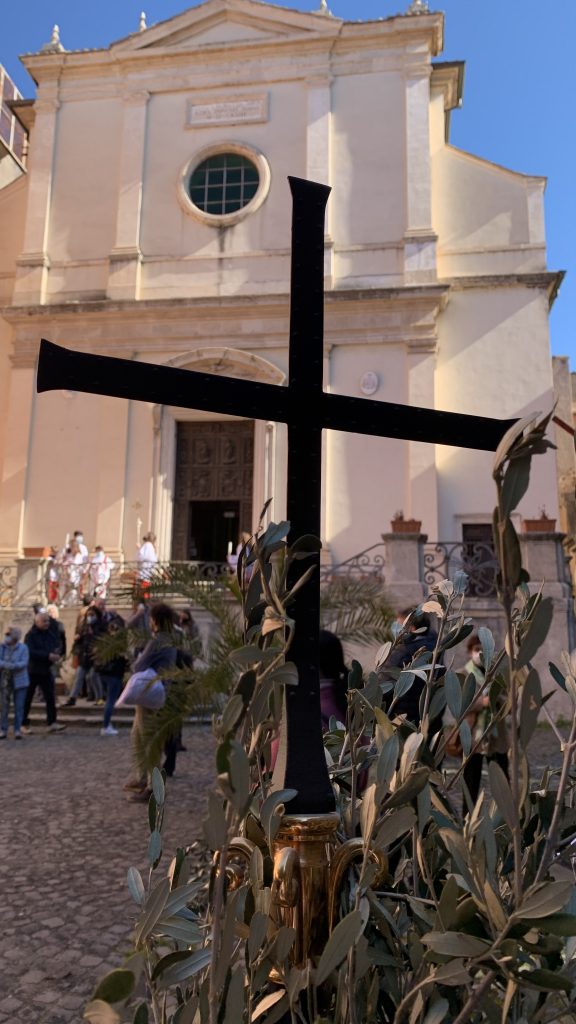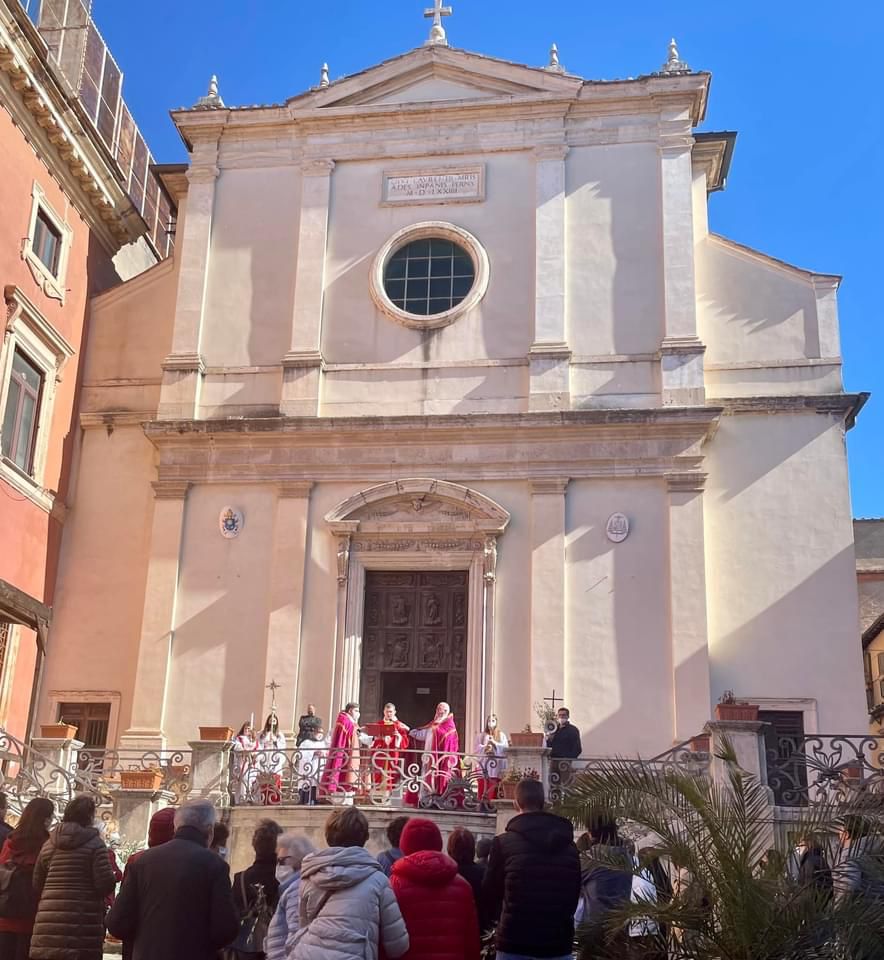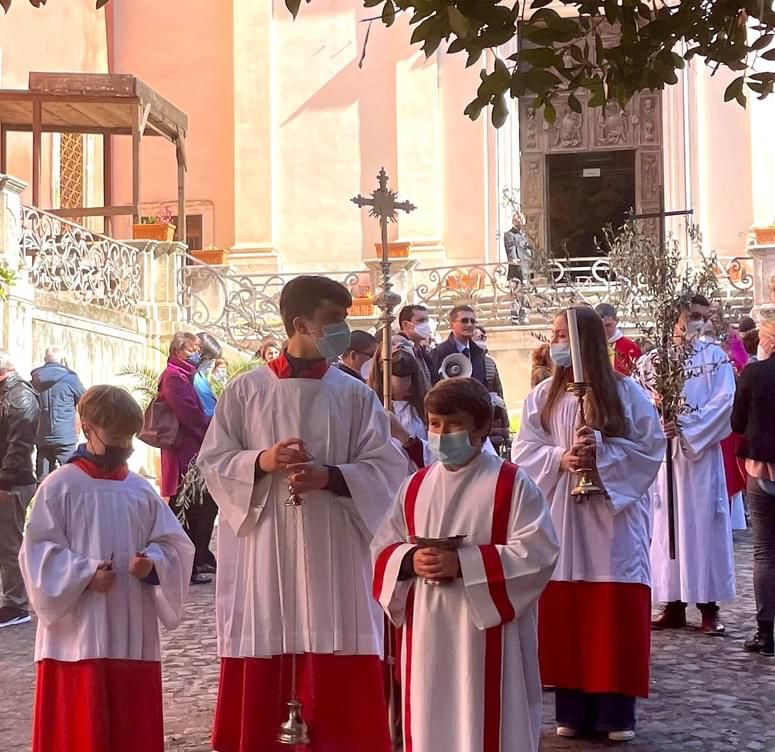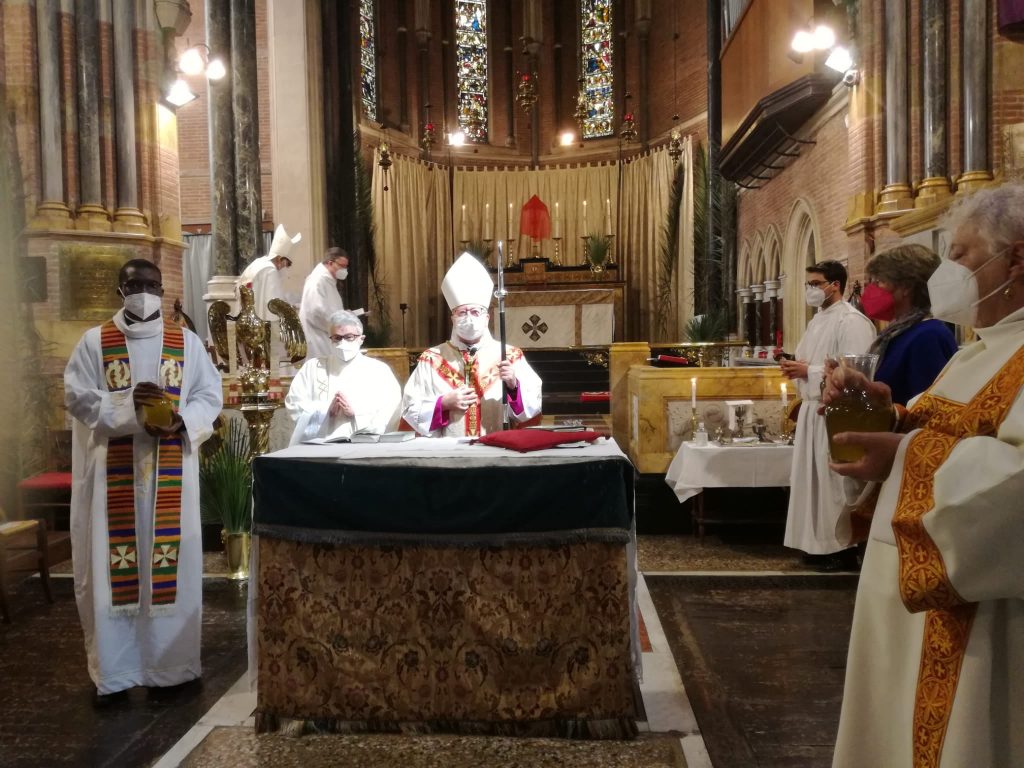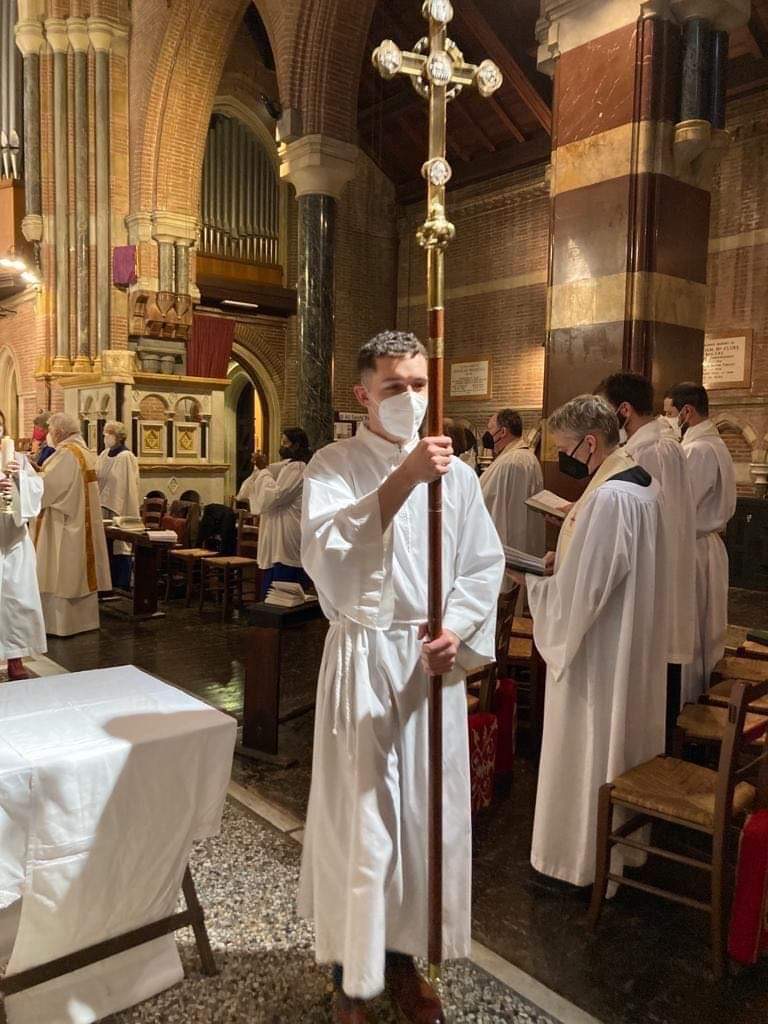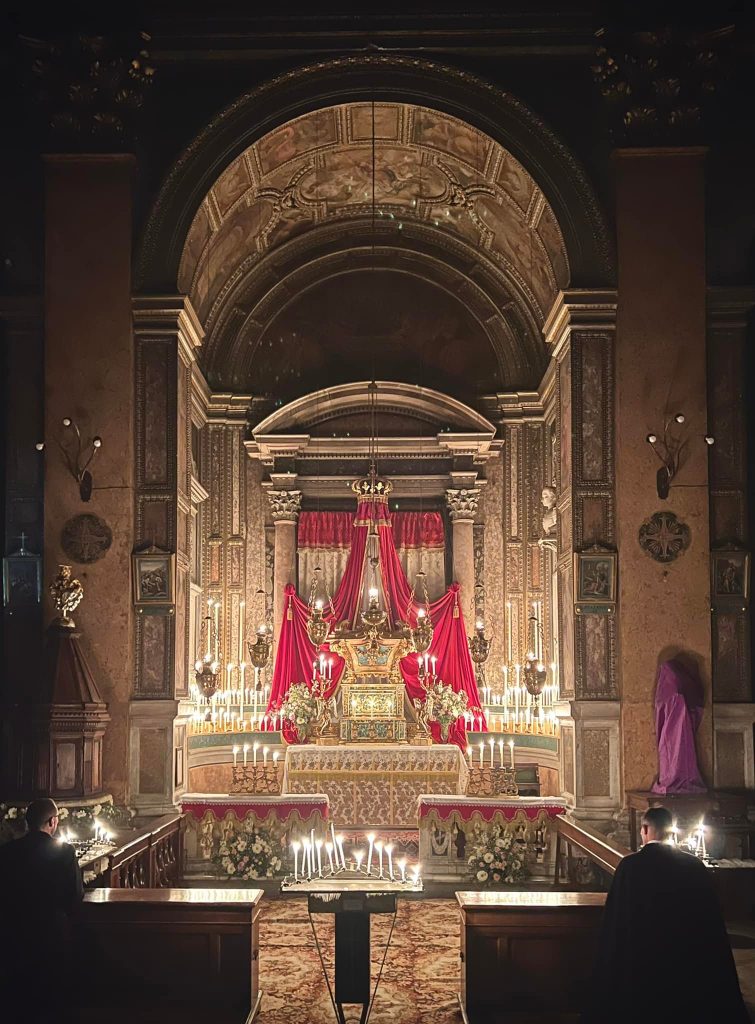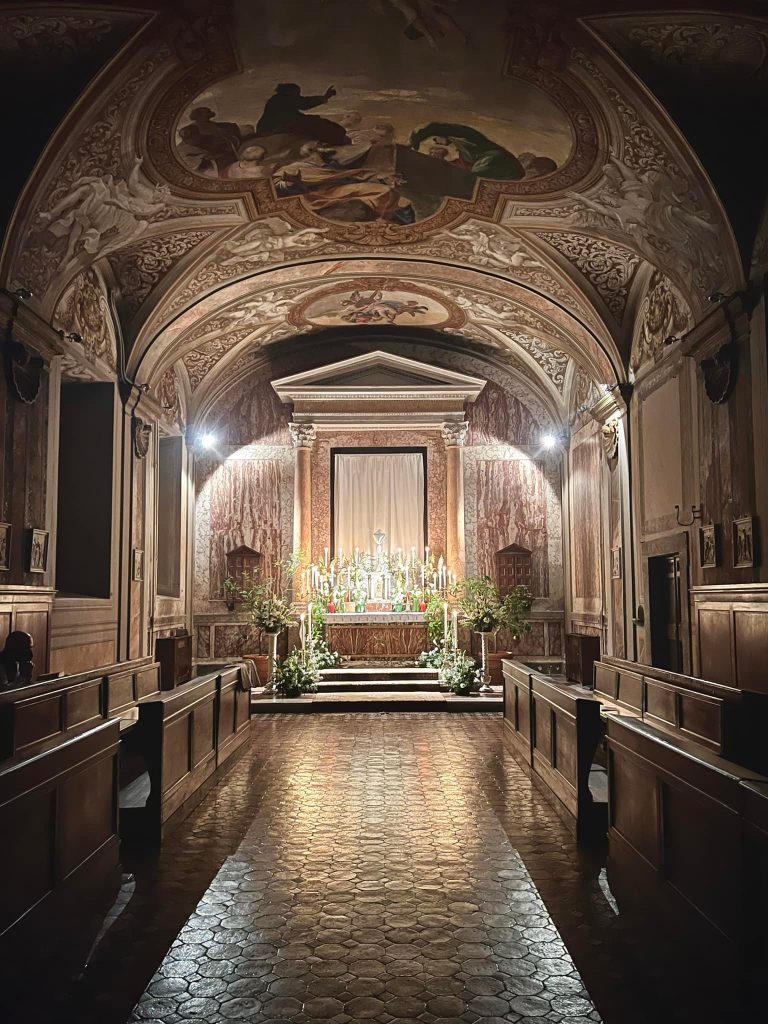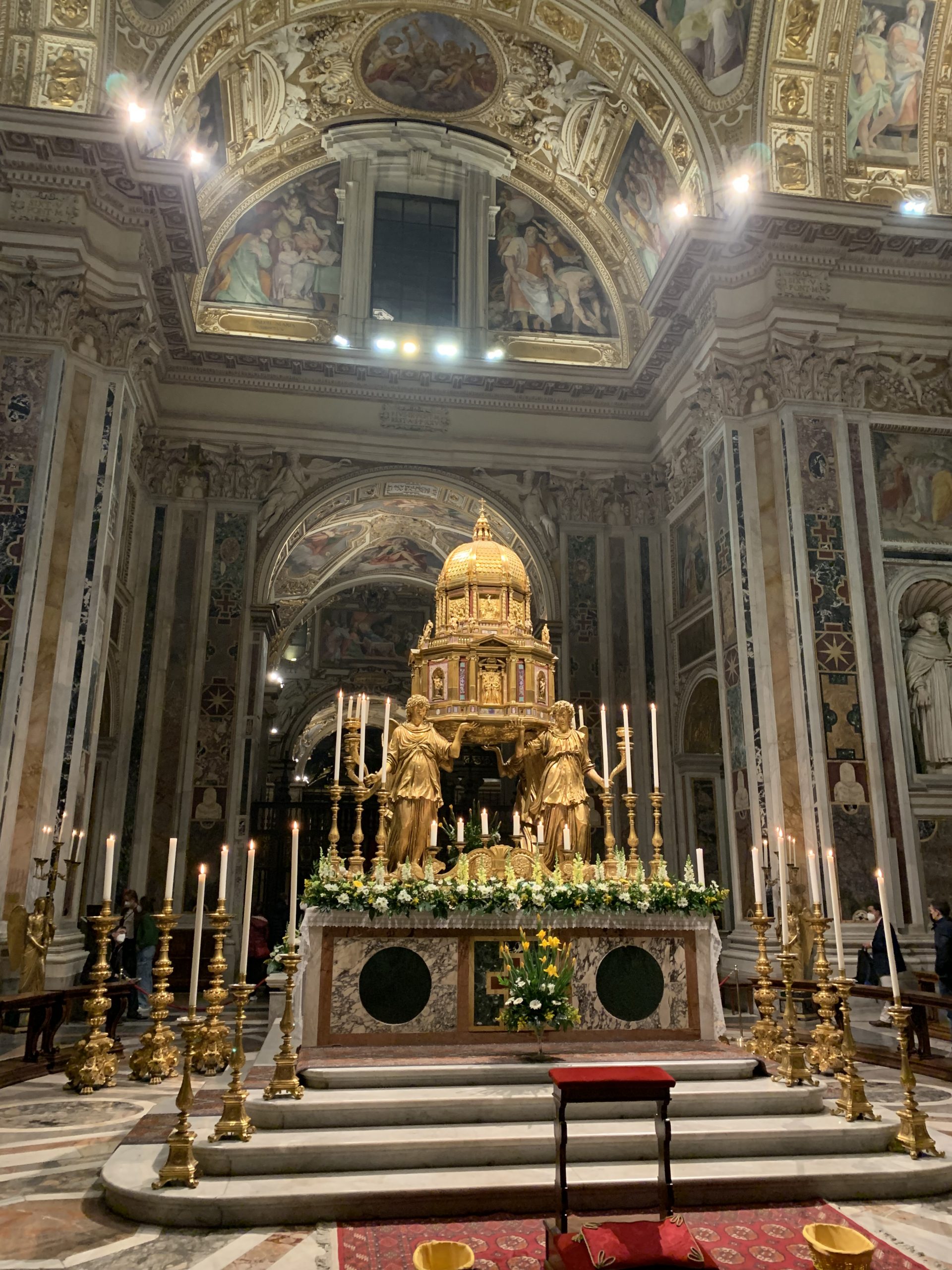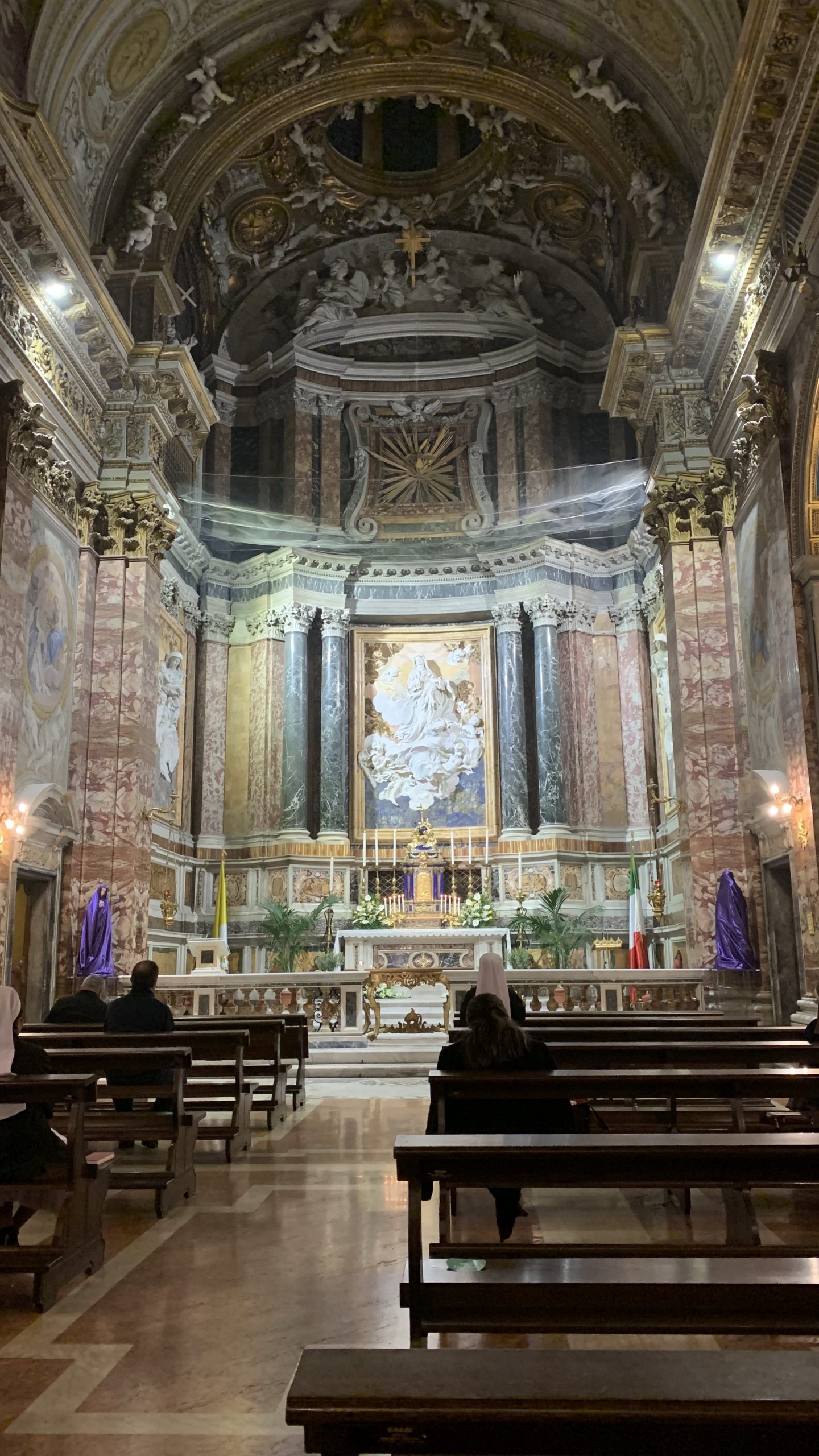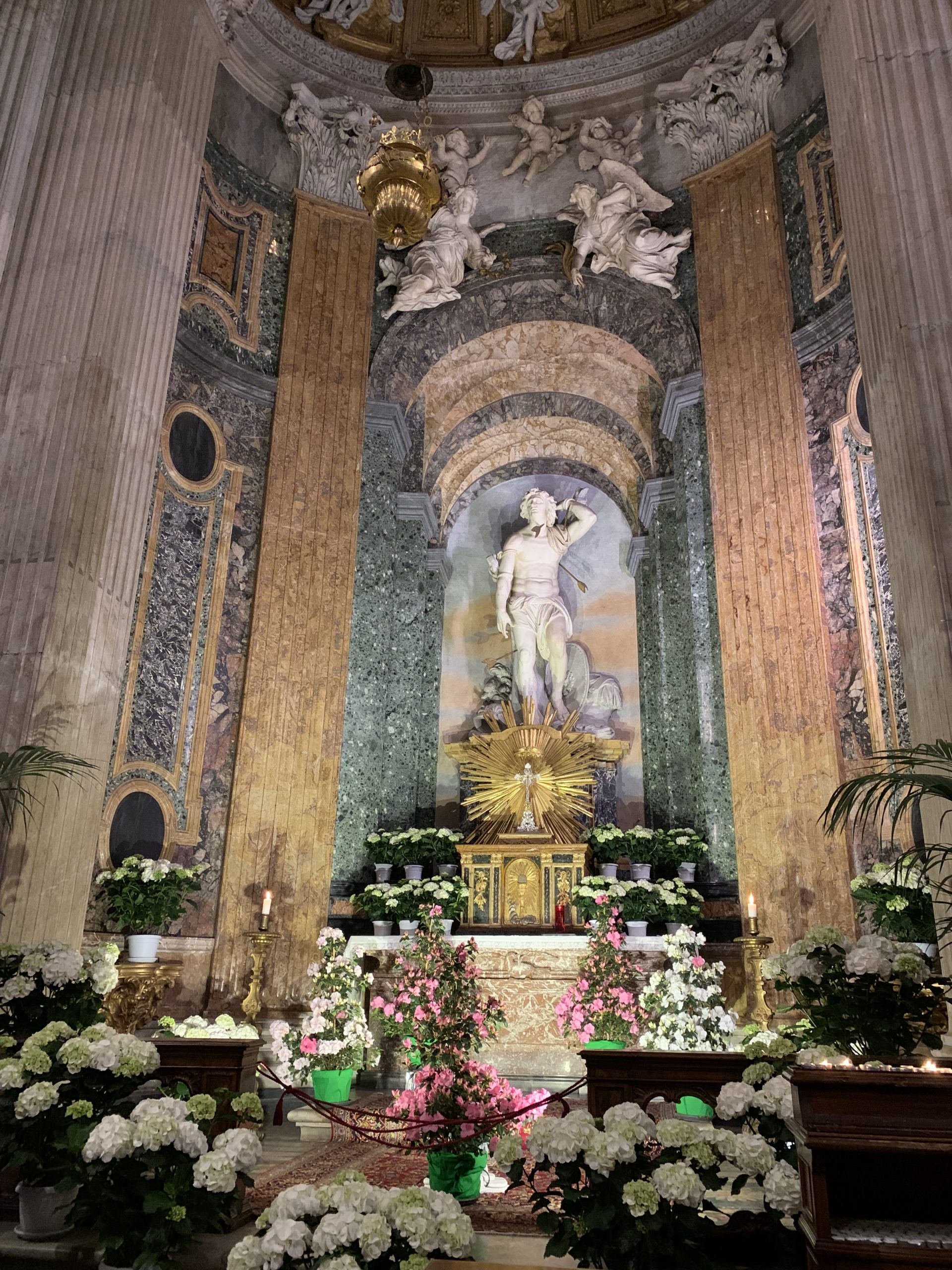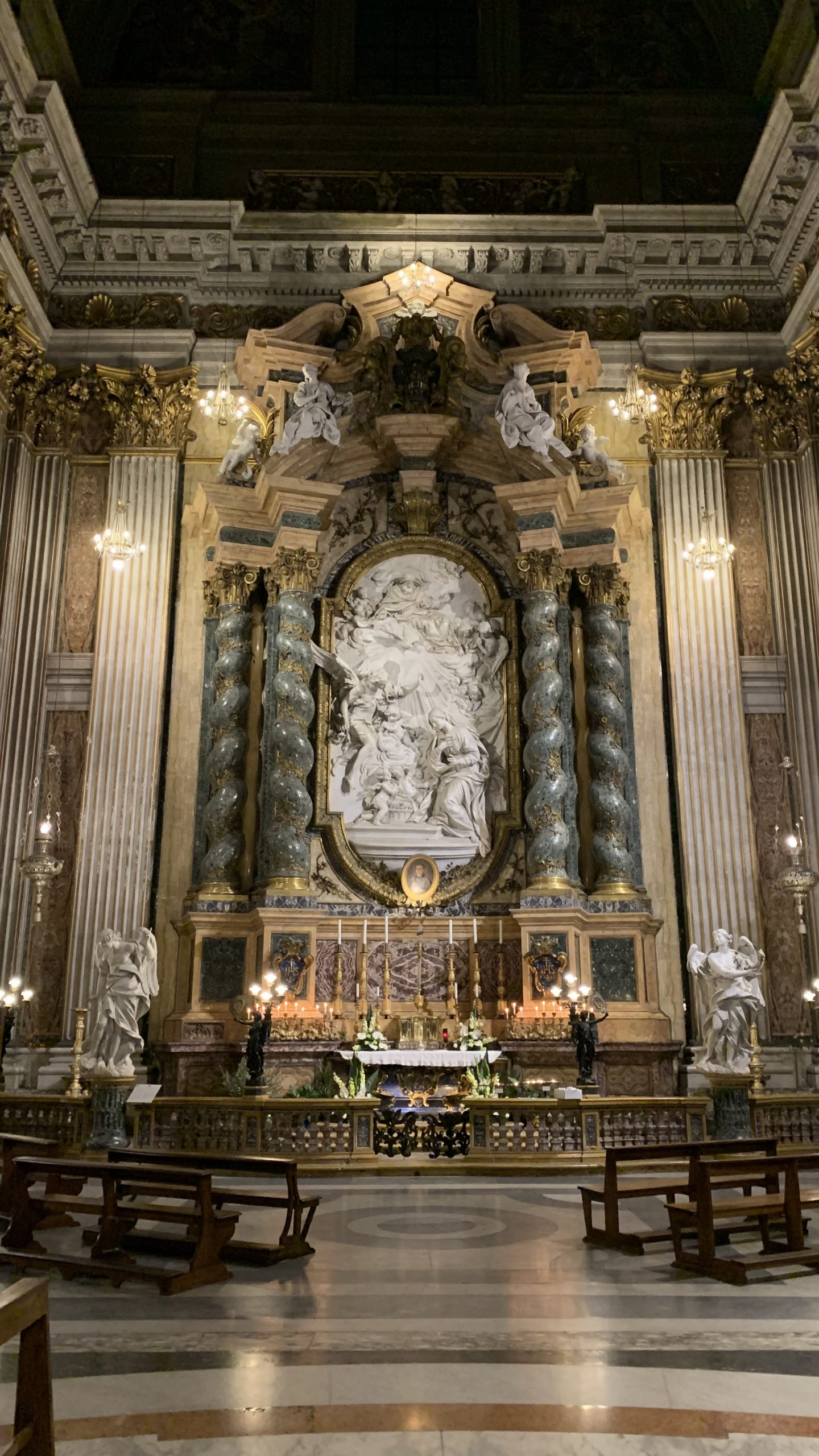Here is the sermon that I preached last Sunday (Easter II) at St. Paul’s within the Walls. On Friday, April 22nd was Earth Day.
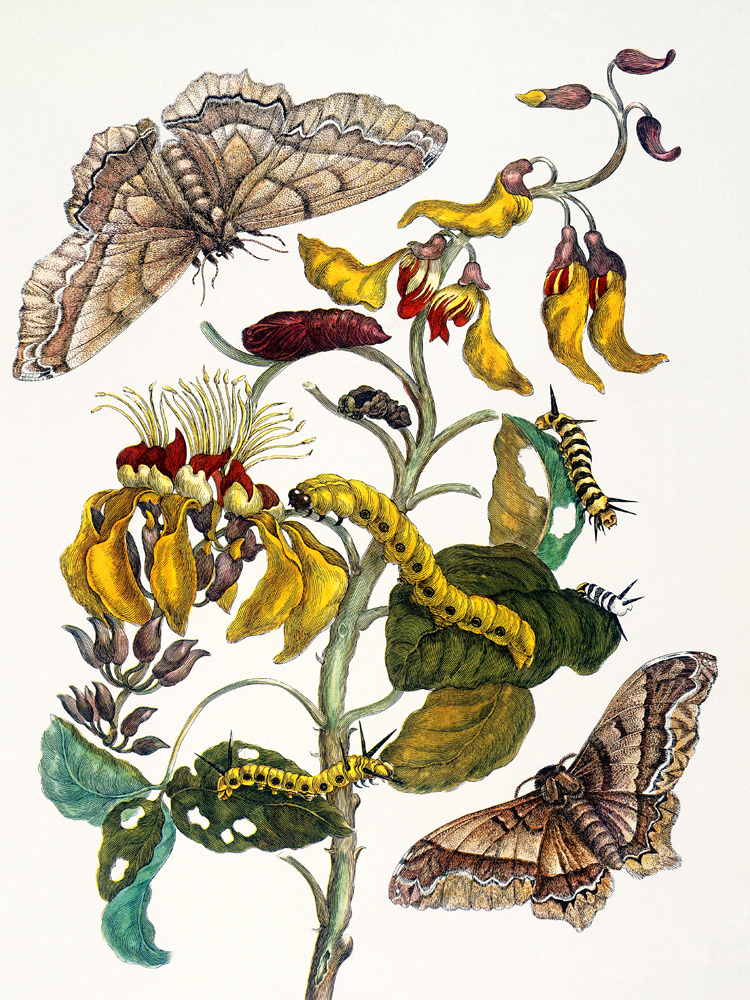
Surrounded to surrender
+
The birth of the natural sciences, especially the study of insects and amphibians, flourished in Northern Europe in the 17th century. Much of the foundation for the natural sciences was developed by people who were courageous and devout Christians. Shaped by their deep and intimate meditation and prayer, they learned to discern the work and will of God in the natural world in ways that were quite unconventional. At the time, little was known about the peculiar creatures that seemed to inhabit different realms of life-forms: for example, flies who had their origins as worms, or frogs beginning as fish-like tadpoles.
One of the leading naturalists of those times whose work has been praised as a forerunner in the field of ecology was Maria Sibylla Merian. At age 13, Maria Sibylla started raising silkworms. By the time she was 28 she had published her first book of natural illustrations. Merian would go on to be a leading naturalist illustrator, publishing volumes of sketches on caterpillars, insects, and plants. Her illustrations are not only true works of art and pioneering studies of insects, but they are also silent praises to her Lord Jesus Christ. In fact, she focused especially on the study of the different stages of the evolution of butterflies which emulate Christ’s life and the spiritual growth of all followers of the Resurrected One. Like a butterfly, our Lord began his humble life close to the earth as a human, like a worm; he lay as dead in the tomb as in a chrysalis; then, emerging as a butterfly that shimmers and flies away to heaven, or to Galilee.
The coincidence of Easter and the Spring equinox in the northern hemisphere is quite perfect timing. The Good Lord in his providence knows how to speak to us through what we are able to experience, yet our reading this morning says that not everyone was able to see the Resurrected One and believe in him. Why is it that someone like Thomas, who was a close disciple to Christ, couldn’t at first believe in him? Yet someone like Merian could? Just like Thomas at the beginning of our Gospel reading, belief for many people means being sure of information. Believing relates to a truth statement, and to be sure that something is true you need as many elements of proof as necessary. This attitude has become the model of modern science: scientists build truthful theories by putting together truthful-statements. They establish, little by little, what is true. This intellectual process is very efficient, but it always falls short of dealing with living things as truly living things. It is the same difference that exist between knowing about someone and loving them. How can we truly know our children, our partners, our friends or our neighbors if we come to them with bossy expectations about how they are supposed to be alive for us? How can we know the resurrected one if we force him into our objectifying methods and processes? Into being this or that? With this proof-based attitude, demonstrated by Thomas, very little room is left for mystery, very little room is left for letting Christ freely relate to us and between us; very little room is left for encountering truth beyond what we have set as its limits: « Unless I see the mark of the nails in his hands, and put my finger in the mark of the nails and my hand in his side, I will not believe. »
Fortunately, believing in Jesus as the Resurrected One doesn’t work the same way as a police investigation or a modern scientific study. It’s quite reassuring if, like me, you’ve never been a fan of NCIS or don’t know how to count! We don’t need to worry about a process or a method that most often merely reveals our desire to control and exert power over what we don’t know and therefore scares us. Indeed, what often holds us back from believing in the Resurrected One, just as it did for the disciples locked up in their room and for Thomas, are fears. We hold back by fear of experiencing how this encounter could change us; by fear of seeing God in places we didn’t want him to show up; by fear of seeing the reality of God’s love and selflessness that will disarm all our attempts to control ourselves and each other. We don’t need to worry about building up truth to find reassurance. For us Christians, believing doesn’t mean piecing together elements of truth about Jesus like the suspicious Thomas meant to do. More like Sibylla Merian, believing for us means meeting God’s power in his very Creation, in the multiple ways in which he gestures towards us, how he courts us, how he discloses for us the living signs of his presence and his life in our lives.
If Merian was capable of seeing God’s resurrection and life in unexpected places it is because she had surrendered to her Lord fully when she left her hometown in Germany for the religious community of the Labadists in the Netherlands. She left to run after her passion. She shed her fear and surrendered to the Lord’s loving presence that she met in his creation and his church. Just like for the early disciples and Thomas, only the living peace of Christ can set us free from our inner prisons and our attempts to control, that all lock God away from us. We can doubt ideas, we can doubt information, but we cannot doubt for long the reality of an encounter that frees us. We cannot doubt what we see the effect of in our world, in our lives, in our bodies. We cannot doubt a meeting which has given life, joy and courage to the downcast and the marginalized.
Christ’s resurrection and our own resurrections might be tough to fathom. Our doubts might be stronger than our belief. But Jesus, like the spring, like the butterfly out of its pupa, keeps showing up no matter what. He is eager for us to touch him and behold him, for in doing so we will receive that peace we hope for, that peace that comes when death has not won. Let us not hesitate to abandon ourselves to his presence that surrounds us, through the signs of his love that are marked on his creation, those signs that Merian saw so clearly. Jesus himself has sanctified his creation to help us feel, see, taste, and know that he is risen, that the impossible is possible. Mary found him in the garden, and so can we. Indeed, surrendering to Christ does not mean to wander far from reality, to be far from things or people. It is through things, it is through people, that we believe in God; it is through them that we abandon ourselves to him and find the courage to move forward. We need look no farther than the blooming trees just outside these windows to look at his glorious wounds. We need come no farther than to this altar this morning, to receive his own body and blood so that we too can be changed into his likeness. Through all that surrounds us, Christ surrenders to us so we can surrender to him.
Maria Sibylla Merian understood this, as she encountered the resurrection every time she illustrated a butterfly stretching from its chrysalis or a fly morphing from larva to pupa. Her encounter with the Risen Lord in her study of his creatures gave her passion and courage beyond measure. Her volumes of sketches included very few words and she seldom wrote about her faith. However, in the front of one of her sketchbooks she wrote two simple words in German: “Mit Gott”, “With God.” With God. Let us dare to see the world with God, so we can rise with Him.
P.S. I have always had a soft spot for butterflies and insects (I used to raise stick and leaf bugs!) but I didn’t hear about Merian before 2014. I got fascinated by her life a couple of years ago when I was doing my Master’s in French literature at the Sorbonne. I was then researching the devotional poetry of the bilingual pietistic « Church of the Lord » she had joined in the Netherlands. I was struck by the relation between the spiritual life of that community and her own work of a scientist and an artist and could share the results of my research at the International and Interdisciplinary Conference organized in Amsterdam on 2017. The devotional aspect of scientific enquiry is usually not well know of the larger public, yet I think it is an important witness to remember and a good food for prayer, if we want to be more faithful stewards of the Earth our Lord has entrusted to us.


